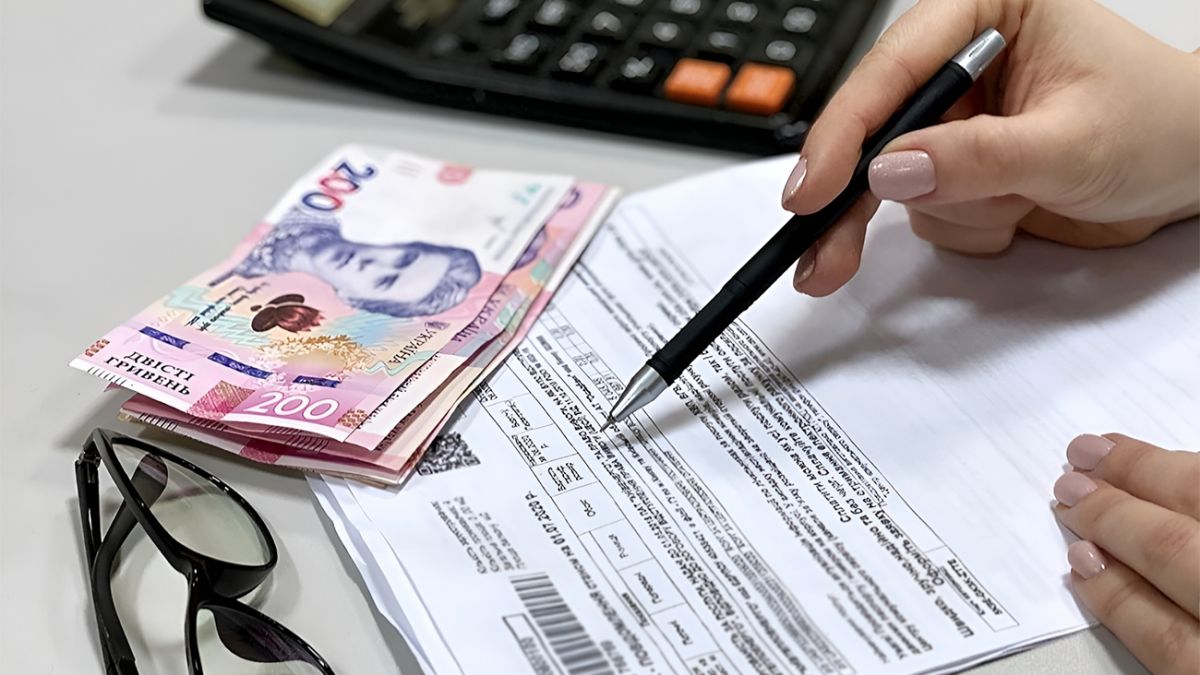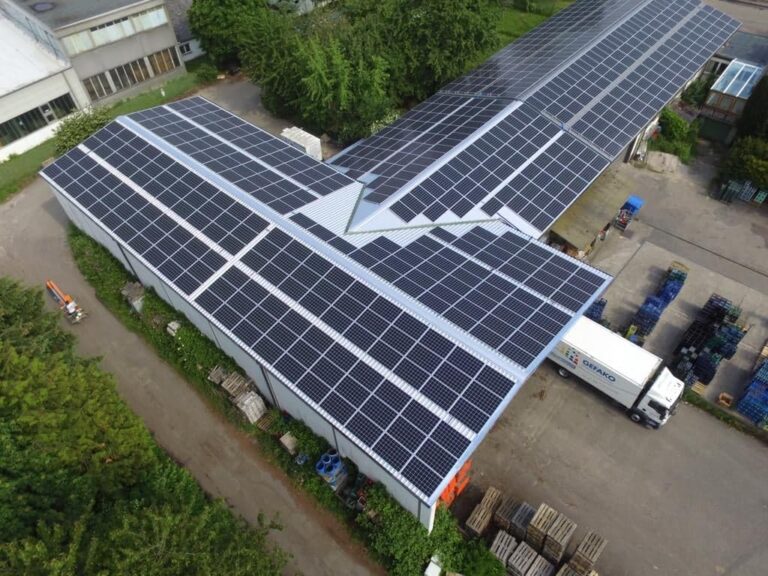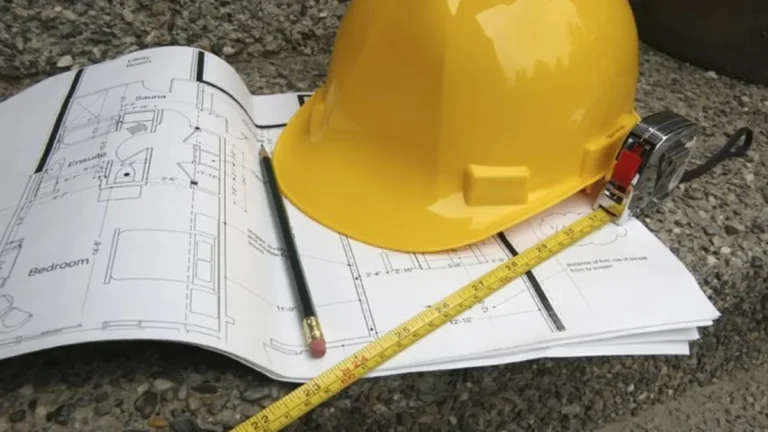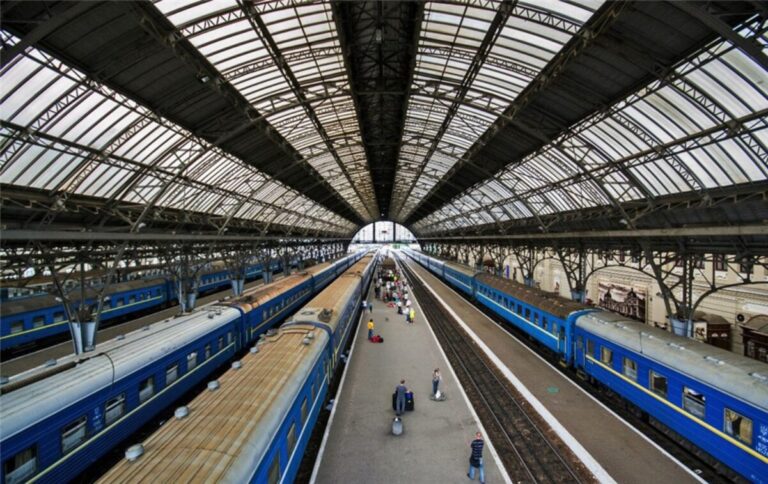
Ukrainians’ Utility Debt Hits UAH 106 Billion: A Threat to Energy Security
Ukrainians’ debt for housing and utility services is growing rapidly. As of the second quarter of 2025, the total amount exceeded UAH 106.6 billion. This is not just another number in a statistical bulletin it’s a symptom of a systemic crisis that hits both the state and individual households.
According to statistics, the largest shares of debt are for:
- heating and hot water UAH 35.2 billion
- natural gas supply and distribution UAH 32.3 billion
- electricity UAH 17.1 billion
- centralized water supply and sewage UAH 10.2 billion
- management of apartment buildings UAH 8.8 billion
- solid waste removal UAH 3.1 billion
These are not just separate items in a utility bill. They are entire chains of services that ensure the basic functioning of cities, communities, and critical infrastructure.
Rising debt isn’t just a number it’s a threat to the financial stability of the energy sector. Municipal utility providers aren’t getting paid, which means they can’t pay their suppliers, can’t prepare for the heating season, and can’t invest in restoring worn-out systems. This triggers a chain reaction of delays, outages, and breakdowns.
Heat at Risk: Debt Dynamics Over the Years
A separate issue is debt for heating. According to Minister Kuleba, as of June 1, 2025, household debt for heating and hot water had risen to UAH 33.9 billion, which is UAH 2.2 billion more than in 2024 a 6.9% increase in a year. And that’s just the official figure.
In fact, heating debt has shown a steady upward trend since 2015. Back then, it was UAH 5 billion. In 2025 it’s UAH 33.9 billion. That’s a 578% increase.
In dollar terms, the picture is a bit more stable. Based on June’s exchange rate, the debt has remained virtually unchanged between 2021 and 2024 around $782 million. Still, this doesn’t ease the internal budget pressure in a country at war.
Kyiv, Kharkiv, Dnipro The Top Debtors
Three regions account for 60% of the total debt: Kharkiv Oblast (UAH 8.9 billion), Kyiv (UAH 6.9 billion), and Dnipropetrovsk Oblast (UAH 4.7 billion).
At the same time, these three also lead in growth rates: over the past year, Dnipropetrovsk added UAH 1 billion, Kharkiv UAH 0.4 billion, and Kyiv UAH 0.3 billion. That’s more than 76% of the total national increase.
In Kyiv alone, as of April, over 150,000 households are systematically not paying for heating and hot water. The capital’s total utility debt exceeds UAH 7 billion, with UAH 4.1 billion for heating and UAH 2.9 billion for hot water.
In some cases, record-high debts are held by owners of elite apartments, creating additional social tension.
What Drives the Debt Surge: It’s Not Just the War
Several key factors are contributing to the growing crisis:
- A moratorium on service disconnections for non-payment, introduced in March 2022, is still in effect in frontline regions. While humane, it exacerbates non-payment.
- Tariffs remain frozen, despite rising energy prices. Service costs have increased for providers but not for consumers and there’s no one to cover the difference.
- Insufficient state subsidies and no effective mechanisms for debt restructuring.
- Aging infrastructure, which leads to resource losses and higher operating costs for utility companies.
As a result, by late spring 2025, utility companies themselves owed UAH 124.2 billion to gas and electricity suppliers.
Post List
Regional Disparity: The West Pays, The East Struggles
The lowest household debt is in Zakarpattia Oblast only UAH 0.8 million. The reason is the virtual absence of centralized heating and hot water.
May 2025 data shows: western regions are paying better. Payment rates:
- Zakarpattia – 133.2%
- Chernivtsi – 128.8%
- Lviv – 120.5%
In contrast, frontline Kherson Oblast had a payment rate of just 44.1%, dropping to 22–32% in winter. Donetsk Oblast was at 55.9% in May.
The State Responds: Will There Be Restructuring?
Debt restructuring has already been brought into discussions with the Ministry of Finance and the International Monetary Fund (IMF). According to Minister Kuleba, the IMF is closely watching Ukraine’s budget indicators, and utility debt is one of the red flags.
As he stated:
“Consultations with the Ministry of Finance on this issue are ongoing. We also held talks with the International Monetary Fund, since they’re the ones monitoring our budget figures.”
Kuleba also called on lawmakers to support restructuring for district heating enterprises (TKEs).
Fall-Winter Season: Is Ukraine Ready Amid the Debt Crisis?
With such a mounting debt, the question is is Ukraine ready for winter?
As of early August 2025, 71% of residential buildings, 80% of social facilities, and 76% of boiler houses were officially ready. That’s 103,000 out of 145,000 residential buildings, 19,500 out of nearly 25,000 social facilities, and 13,000 out of 17,500 boiler houses.
But “ready” doesn’t mean “stable” not if energy providers lack the resources to operate due to household non-payment.
Debt for utility services isn’t just about numbers it’s about systemic vulnerability, a lack of investment incentives, and a threat to wartime stability. Without effective restructuring, transparent tariff setting, and targeted support for the most vulnerable the debt will only grow. And sooner or later everyone will feel the consequences.















